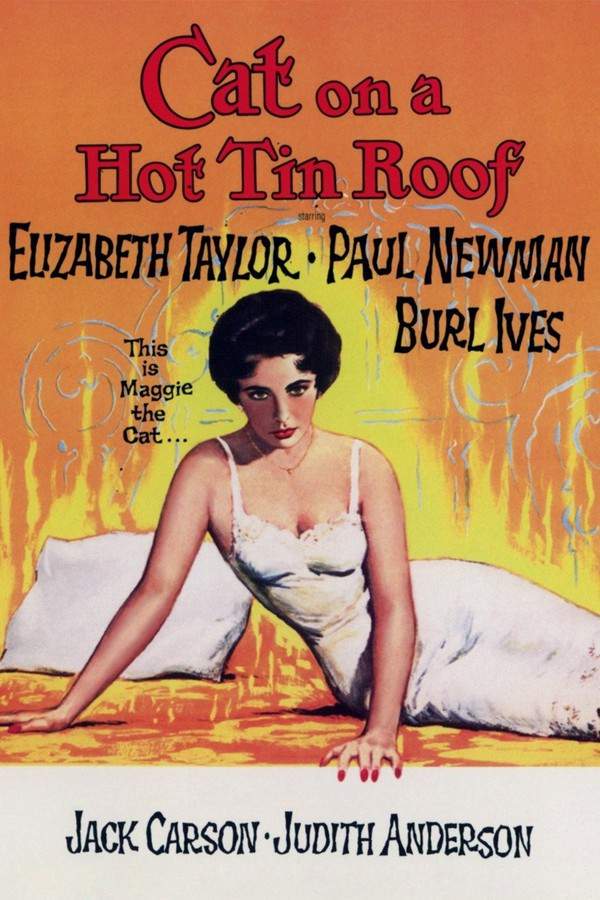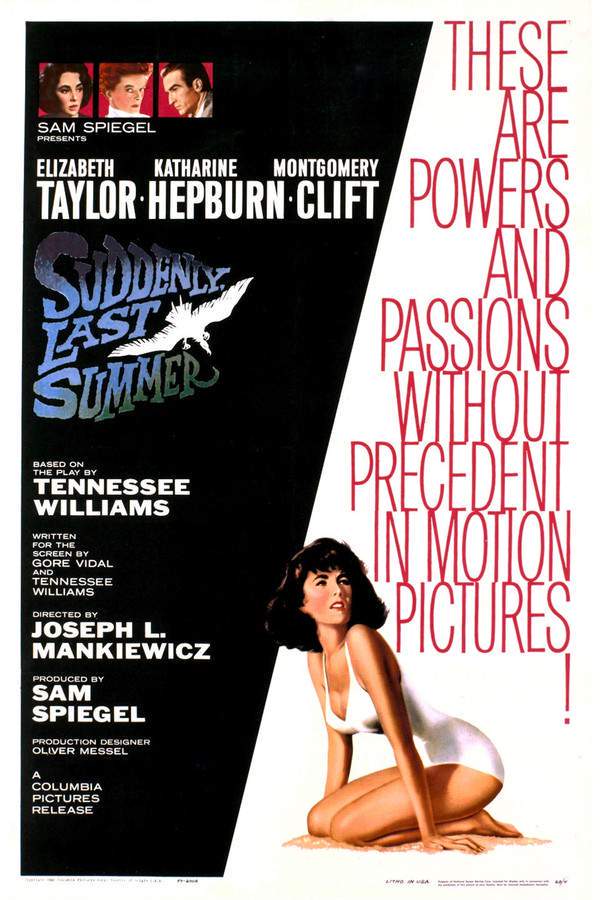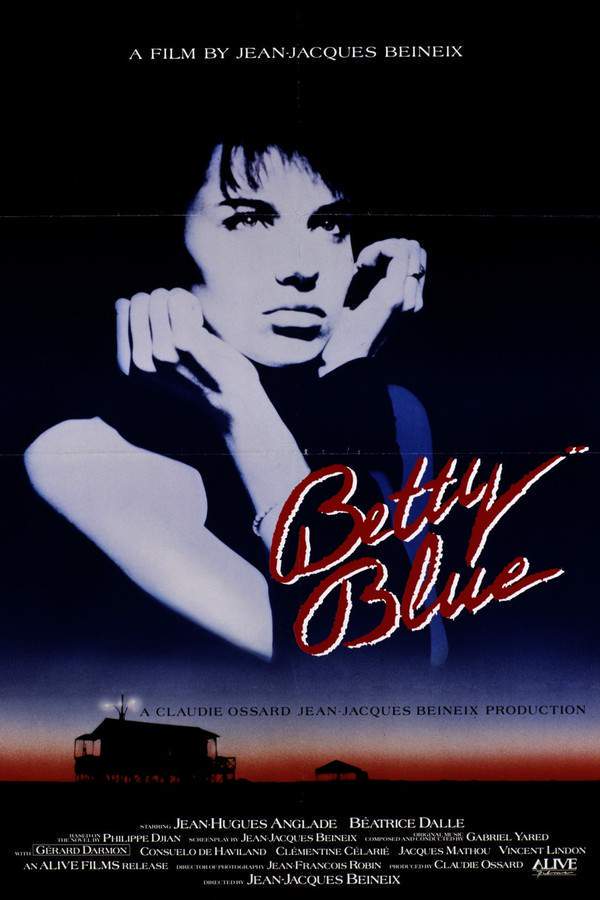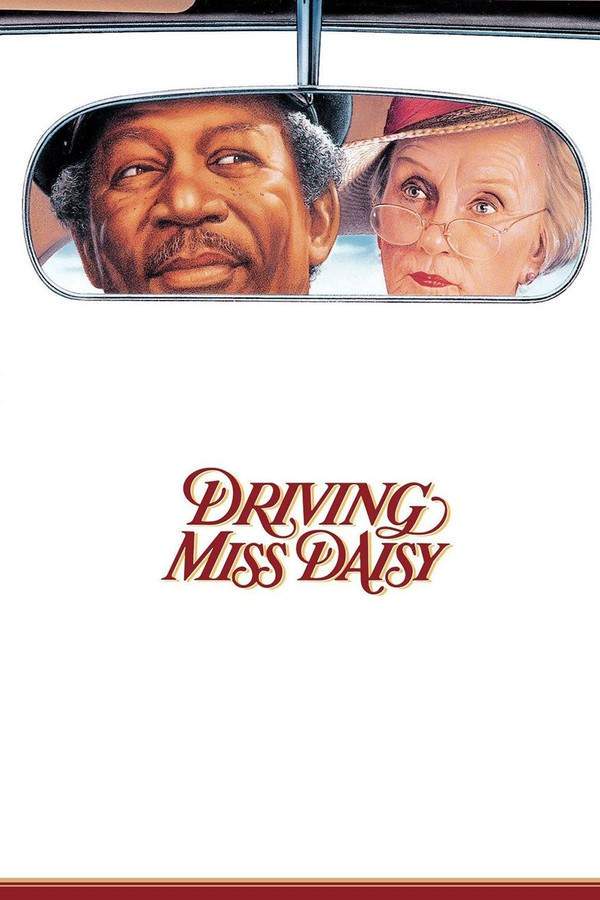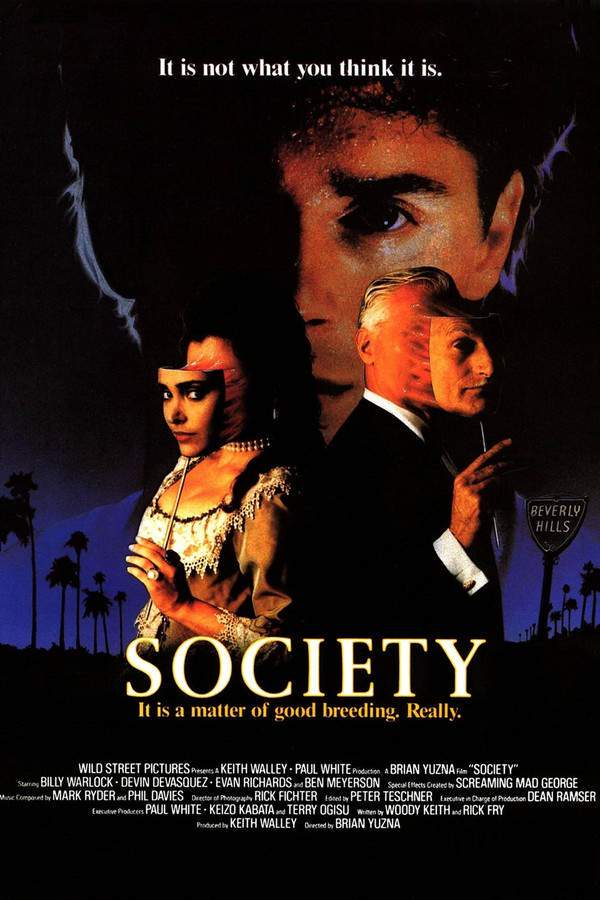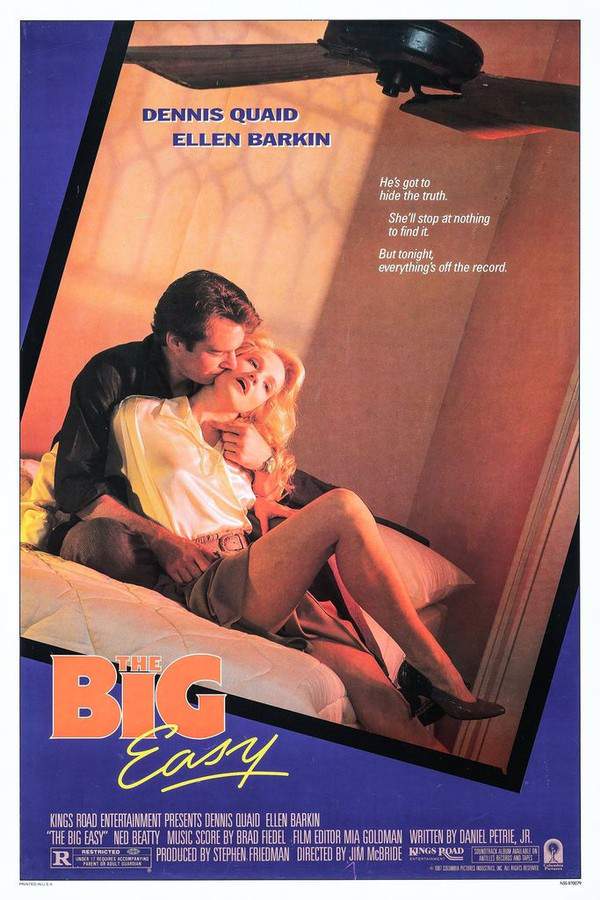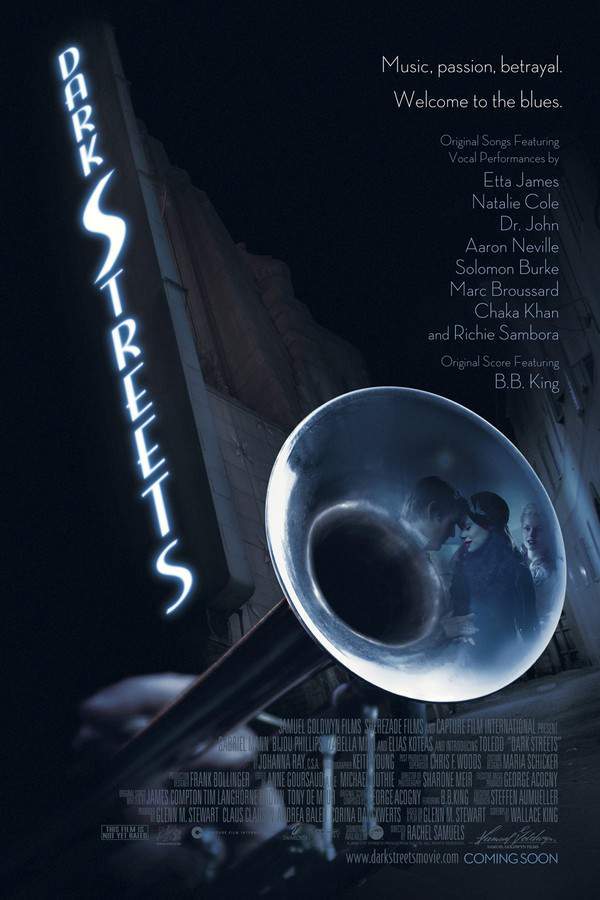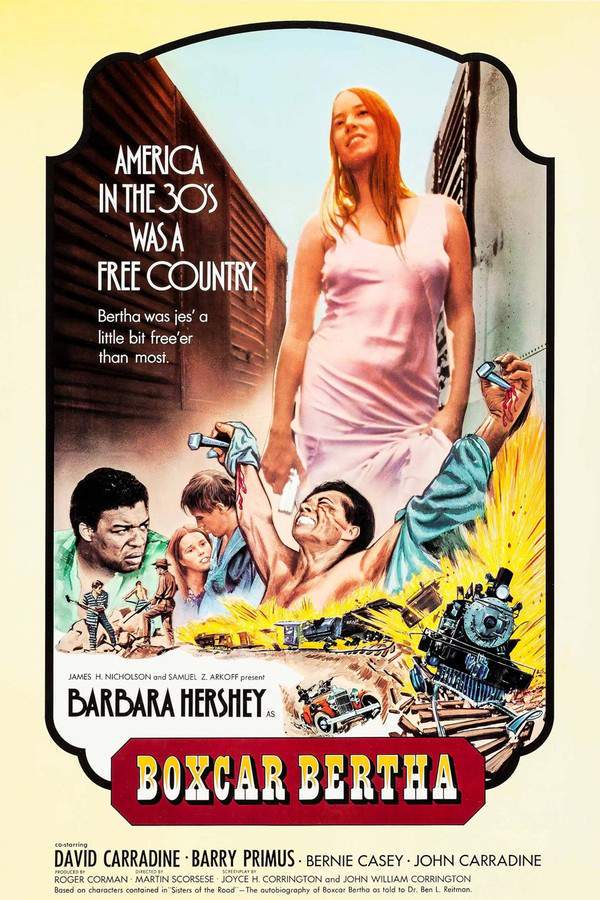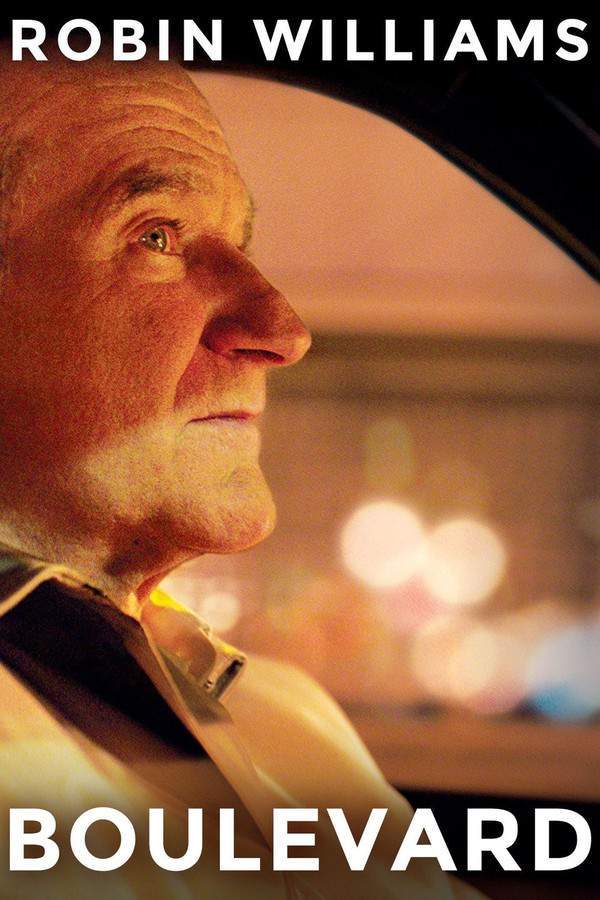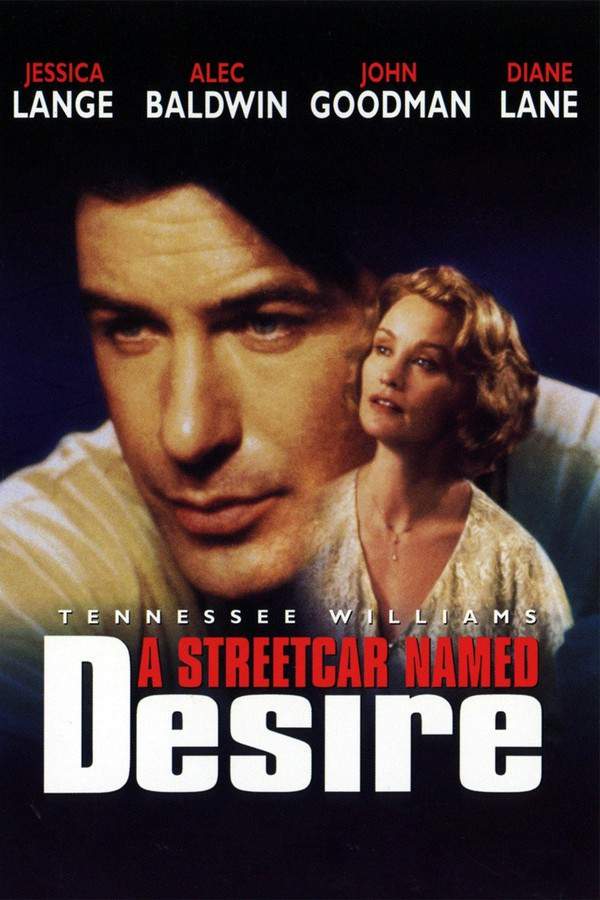
A Streetcar Named Desire
Year: 1951
Runtime: 122 min
Language: English
Director: Elia Kazan
In 1940s New Orleans, the arrival of fragile Blanche DuBois disrupts the lives of her sister Stella and Stella's husband, Stanley Kowalski. Blanche, a fading socialite, attempts to conceal her troubled past while navigating the stifling heat and tensions of their close-quarters living situation. As Blanche's illusions clash with Stanley's blunt reality, a destructive conflict emerges, threatening to shatter the family’s precarious stability and expose long-held secrets.
Warning: spoilers below!
Haven’t seen A Streetcar Named Desire yet? This summary contains major spoilers. Bookmark the page, watch the movie, and come back for the full breakdown. If you're ready, scroll on and relive the story!
A Streetcar Named Desire (1951) – Full Plot Summary & Ending Explained
Read the complete plot breakdown of A Streetcar Named Desire (1951), including all key story events, major twists, and the ending explained in detail. Discover what really happened—and what it all means.
Blanche DuBois, portrayed by Vivien Leigh, is a middle-aged high school English instructor who arrives in the vibrant city of New Orleans, seeking refuge from her troubled past. Traveling on a streetcar named “Desire,” she finds herself in the eclectic French Quarter, where her sister, Kim Hunter, resides with her husband, Marlon Brando, who takes on the role of the boorish Stanley Kowalski. Blanche is immediately taken aback by the deteriorating conditions of the neighborhood surrounding Stella and Stanley’s cramped tenement apartment.
Claiming that she is on a nervous breakdown leave from her teaching position, Blanche attempts to nestle into the chaotic lives of her sister and brother-in-law. Her delicate and cultured demeanor starkly contrasts with Stanley’s raw and primal temperament, igniting a complicated and adversarial dynamic between them. Though Stella welcomes her sister’s presence, Blanche frequently resorts to patronizing comments that subtly belittle Stella’s choices. The sisters’ relationship has suffered since Stella abandoned their family home—Belle Reve—a decade ago, shortly after their father’s death, indicating the rift that has grown between them.
In her stay, Blanche reveals the unfortunate circumstances surrounding Belle Reve’s loss to creditors. She declares that their parents’ medical treatment consumed the estate’s finances, and while Stella was only present for the funerals, Blanche was left to confront the family’s decline alone. After being widowed at a young age due to her husband’s tragic suicide, she insists she is now destitute with nowhere else to turn. Suspicious of her tale, Stanley demands proof of her claims, driven by a nagging feeling that Blanche may have hidden financial support, especially given her expensive clothing and jewelry, which seem to clash with her supposed destitution. After managing to retrieve some documents from Blanche, he confronts her further, bringing to light a collection of poems from her deceased husband—a moment steeped in emotional turmoil.
Blanche soon encounters Stanley’s friend, Karl Malden, who plays Mitch, a man whose kind nature stands in stark contrast to the brutish company of Stanley’s friends. As Mitch becomes increasingly enamored by Blanche’s charm, a fragile romance forms against the backdrop of Blanche’s complicated life. However, tension escalates when Stanley’s temper flares during a poker game, leading to a violent outburst against Stella, driving both Blanche and Stella to seek refuge in a neighbor’s apartment. In a heartbreaking moment, as Stanley’s rage subsides, he calls out passionately for Stella, who, unable to resist her profound physical connection to him, returns to his side.
Despite Blanche’s persistent urging for Stella to leave Stanley, the latter remains fiercely attached to her husband. As time passes, the atmosphere of animosity thickens, particularly as Blanche hopes for a proposal from Mitch, even as her mental state becomes increasingly fragile due to the weight of her past and the bottle she turns to for comfort. The pressure mounts as Stanley stumbles upon unsavory truths about Blanche’s history of mental instability and questionable choices—details that threaten to unravel her budding relationship with Mitch. Armed with this information, Stanley ruthlessly ensures that Blanche’s chances of happiness are crushed, while Stella is unwittingly swept into the maelstrom of their toxic relationship, eventually leading to a confrontation that sidelines their impending parenthood.
As the conflicts culminate, Mitch arrives to confront Blanche, only to be met with her desperate attempts to deny the allegations and plead for understanding. However, the damage is irreparable as Mitch, painfully aware of Blanche’s checkered past, leaves her shattered. In a parallel crisis, as Stella experiences labor, Stanley emerges from the hospital, igniting a pivotal showdown between him and Blanche, who is left vulnerable in a threadbare gown. In a devastating turn of events, Stanley’s violation of Blanche’s dignity triggers her ultimate mental collapse.
In the weeks that follow, the tension ignites once again during a poker game at the Kowalski household, where Blanche’s fragile world finally shatters. Doctors intervene, carrying her away to an institution as she, believing she’s merely embarking on an innocent vacation, reluctantly departs. In this heartbreaking climax, Mitch grapples with his emotional response as he witnesses Blanche’s demise, while Stella, upon coming to terms with the truth, ultimately decides to flee from Stanley, cradling their newborn as she carries the burden of her choices to Eunice’s apartment—resolute in her decision to turn her back on the man who has caused her family so much pain.
As the world around them unravels, Blanche’s story serves as a haunting exploration of desire, illusion, and the tragic consequences of facing one’s past amidst an unforgiving environment.
Last Updated: January 19, 2025 at 18:49
Unlock the Full Story of A Streetcar Named Desire
Don't stop at just watching — explore A Streetcar Named Desire in full detail. From the complete plot summary and scene-by-scene timeline to character breakdowns, thematic analysis, and a deep dive into the ending — every page helps you truly understand what A Streetcar Named Desire is all about. Plus, discover what's next after the movie.
A Streetcar Named Desire Timeline
Track the full timeline of A Streetcar Named Desire with every major event arranged chronologically. Perfect for decoding non-linear storytelling, flashbacks, or parallel narratives with a clear scene-by-scene breakdown.

Characters, Settings & Themes in A Streetcar Named Desire
Discover the characters, locations, and core themes that shape A Streetcar Named Desire. Get insights into symbolic elements, setting significance, and deeper narrative meaning — ideal for thematic analysis and movie breakdowns.

Similar Movies to A Streetcar Named Desire
Discover movies like A Streetcar Named Desire that share similar genres, themes, and storytelling elements. Whether you’re drawn to the atmosphere, character arcs, or plot structure, these curated recommendations will help you explore more films you’ll love.
Explore More About Movie A Streetcar Named Desire
A Streetcar Named Desire (1951) Scene-by-Scene Movie Timeline
A Streetcar Named Desire (1951) Movie Characters, Themes & Settings
A Streetcar Named Desire (1951) Spoiler-Free Summary & Key Flow
Movies Like A Streetcar Named Desire – Similar Titles You’ll Enjoy
By the Sea (2015) Movie Recap & Themes
Blue Car (2003) Ending Explained & Film Insights
Cat on a Hot Tin Roof (1958) Plot Summary & Ending Explained
Suddenly, Last Summer (1960) Spoiler-Packed Plot Recap
Betty Blue (1986) Movie Recap & Themes
Driving Miss Daisy (1989) Full Movie Breakdown
Café Society (2016) Story Summary & Characters
The Big Easy (1987) Complete Plot Breakdown
100 Streets (2017) Ending Explained & Film Insights
Dark Streets (2008) Full Summary & Key Details
Boxcar Bertha (1972) Spoiler-Packed Plot Recap
Boulevard (2015) Spoiler-Packed Plot Recap
Streetwalkin' (1985) Full Summary & Key Details
Sunset Boulevard (1950) Detailed Story Recap




